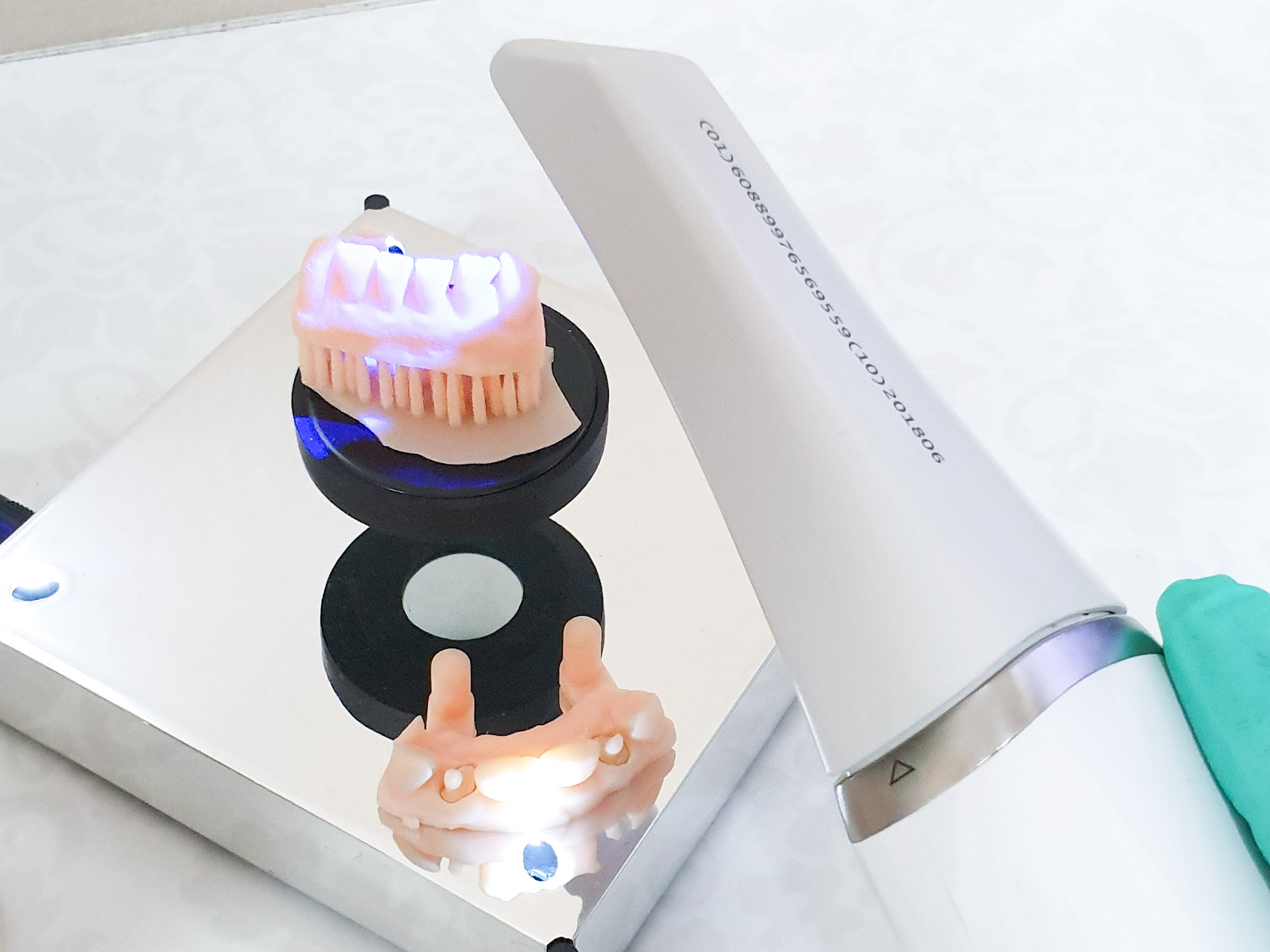The innovations in technology have been improving the health sector on a large scale. And the dental industry is one area where the introduction of new technologies and dental tests have improved the dental procedures significantly. One such example is Orotox test which is highly used in the dental industry to detect the presence of microbes after the root canal treatment. The use of Orotox test has improved the dental procedures across the world to a great extent. In this post, we have explained the ways in which the arrival of OroTox test has changed the dental industry.
Reduces the Overall Health Risk
OroTox test is a short and painless test which is used to detect the presence of bacterias in the root canal. As it has been proved in many studies that the dead cells are not eliminated from the root canal even after the treatment is done with the use of innovative techniques. Before the introduction of OroTox, there was no method available to check the accumulation of microbes in the root canals.
Even the use of X-ray diagnostics is incapable of detecting the presence of toxins at the place of the dead tooth, hence OroTox test’s introduction has ensured the reduction of the overall health risks. Dentysta, a dental clinic in Gliwice, Poland has introduced OroTox test to find if there is an accumulation of toxins in the root canal or not. Due to this, the popularity of Gliwice implants (implanty Gliwice) has also increased significantly in a limited time.
OroTox Test – An Effective Way to Detect Bacteria and Toxins
OroTox test involves the use of biological material from the gingival pocket at a specific tooth to make it react with some chemical agents in order to examine the presence of toxins and bacterias. In order to find a conclusion, the color obtained after the reaction is compared with a colored template. After that, the result is obtained in 5 minutes and the intensity of color highlights the amount of toxins present in the root canal. Finally, the decision is taken on what to do on the tooth suspected of bacterial infection.

